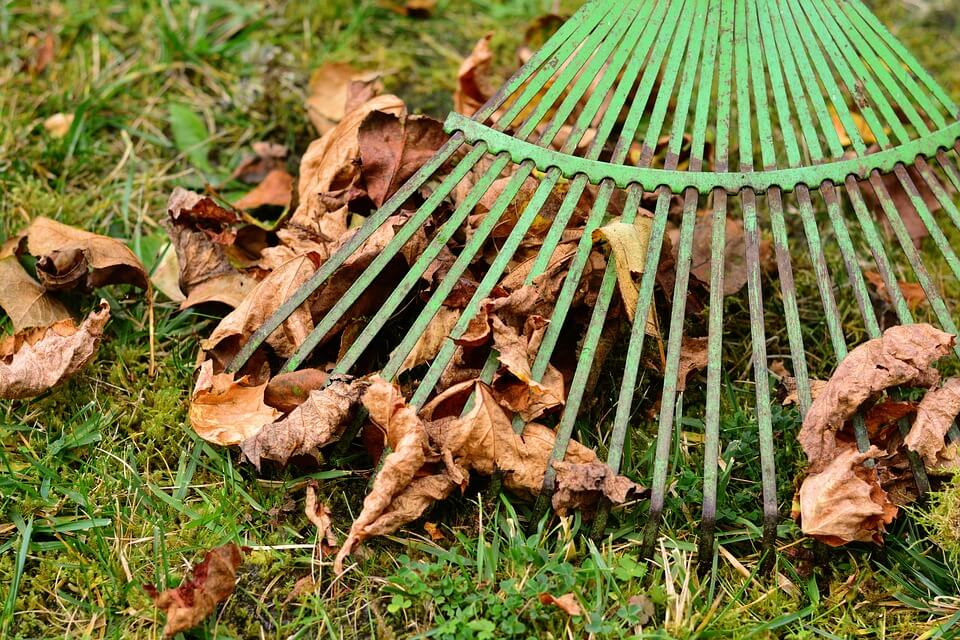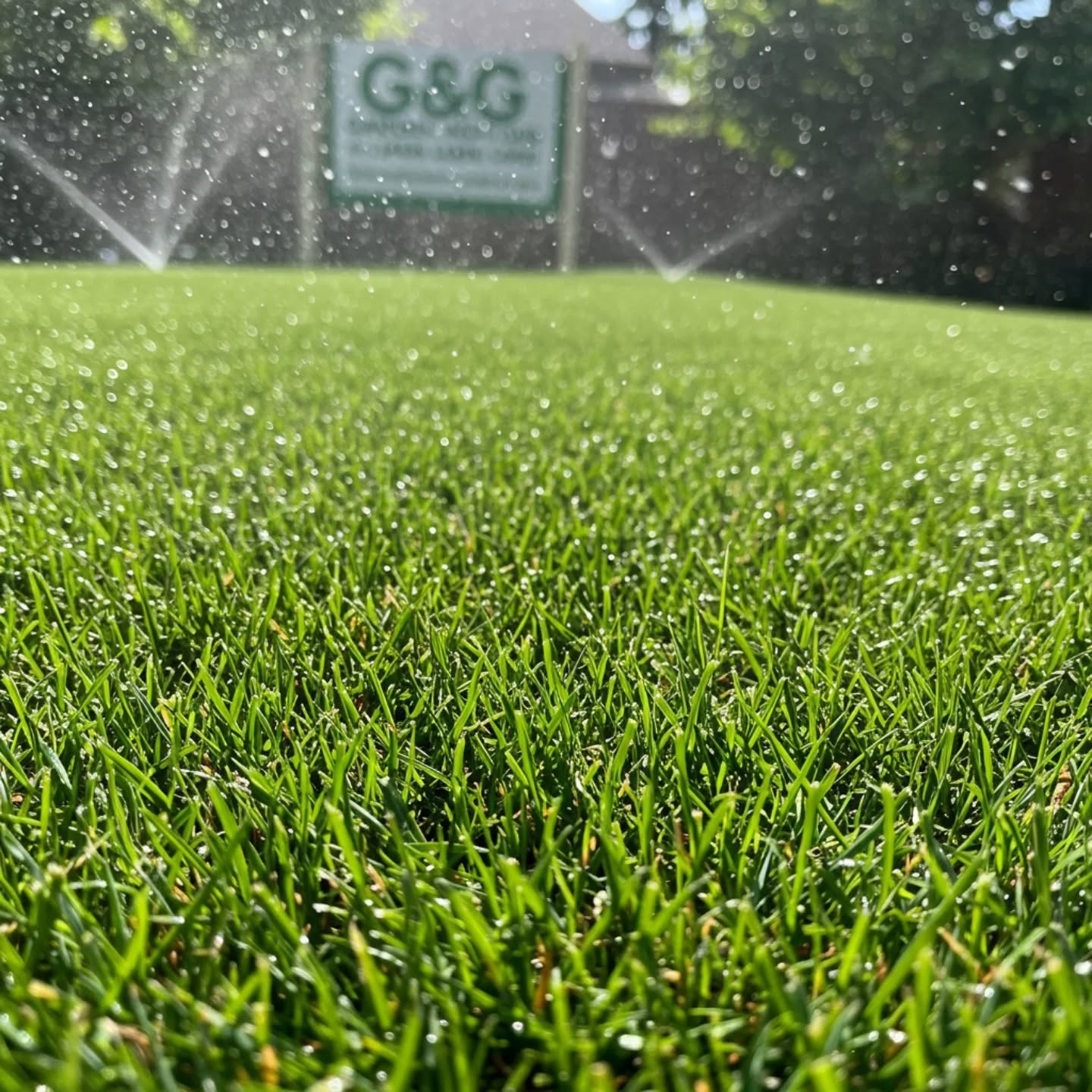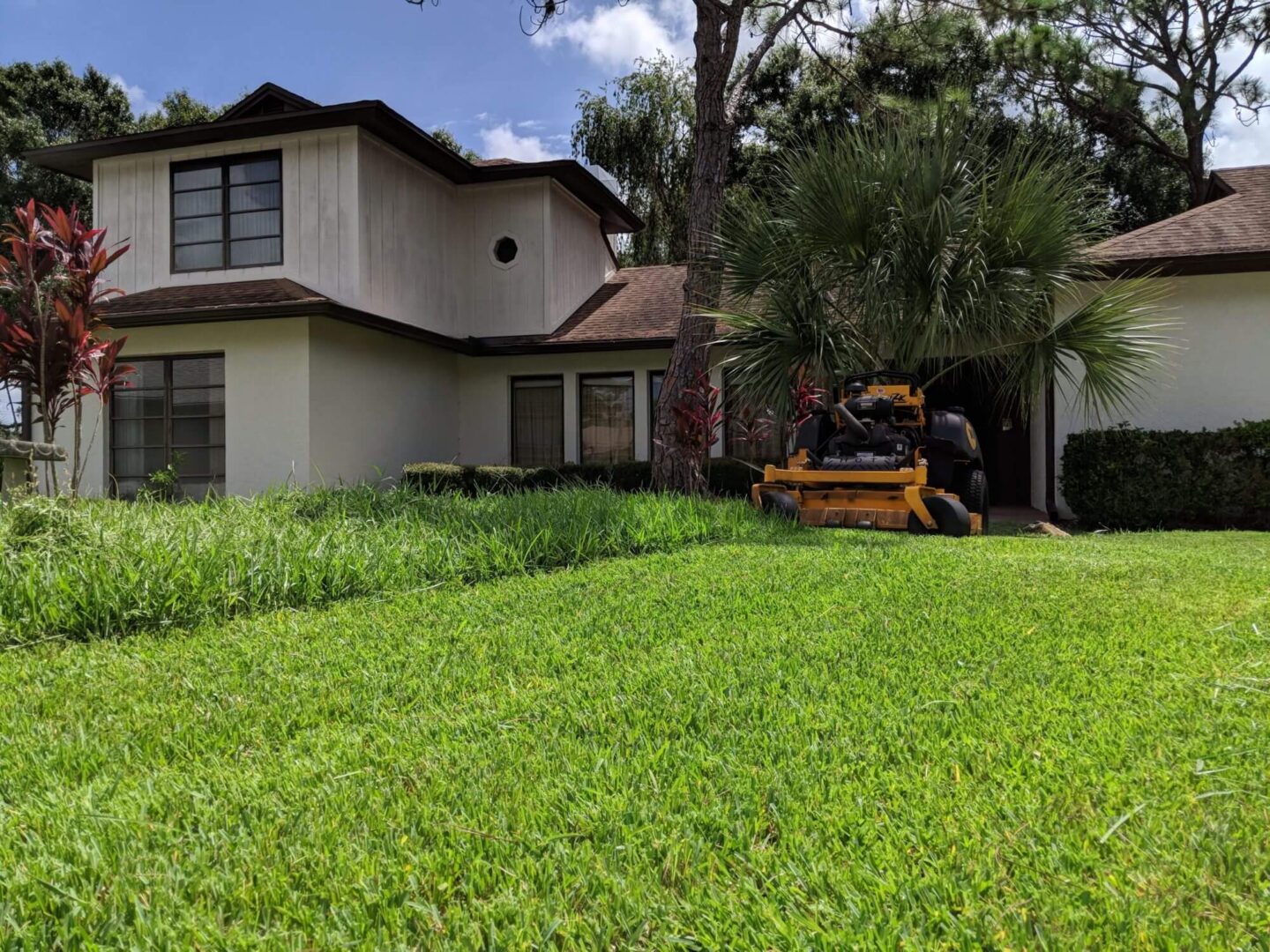How to Prepare your Landscape in Florida for Fall
The temperatures in Southwest Florida are still warm during October. However, towards the end of the month, you will notice your lawn is not growing as fast as during Summer months. Cold days will start popping unexpectedly in between the warm weeks. These cold days that come unplanned can do damage to your yard. So, how do you take care of your lawn in preparation for winter? Read through the following pointers to get some ideas and to know what your landscape needs in preparation for fall:
1 – Create a Vegetable Garden:
Florida fall season is cold but not very cold. This kind of temperatures is favorable for vegetable gardening. Start your gardening in October. What kind of vegetables? Well, vegetables such as broccoli, onions, lettuce, radishes, and carrots will thrive in the cold season.
However, during the cooler season, you will need to do proper tilling and fertilization to ensure proper levels of the soil fit for the vegetable gardening. Any unhealthy-looking plants from the previous season should be removed from the garden.
2 – Insect Damages:
As the summer season fades, you are still likely to find insects in your lawn. As you enter the fall season in Florida pests like mole crickets, fall armyworms, sod web, worms, and Southern Chinch bugs will still be active. You should learn to know the signs of different lawn pest’s infestation. Different pests require different pest control products. Using the wrong pest control product or overdoing it will only harm your lawn more than it will do to the pests. Discolored patches on the plant’s leaves is one of the common signs of infestation.
3 – Check your Irrigation System:
When was the last time you watered your lawn? The rains in July and August could have held you back from watering the lawn. Well, your lawn needs proper watering in October as the fall approaches. Check your watering system to ensure it is still intact and covering the entire lawn.
4 – Winter Weeds:
As the cool season approaches, you will begin to notice unwanted plants in your garden or lawn. You can uproot them with your hands or use weed control products.
The best defense is always to take precautions early. Once the weather drops to around 60 degrees for 4 consecutive nights, apply a preemergence herbicide to your lawn. Be sure to read the label of your herbicide carefully, as they are only effective when used as directed. This application should protect your lawn for 6-12 weeks, on average.
If you do notice weeds start to pop up through the fall, pull them by hand instead of spraying them with a product. If weeds begin to grow out of control, speak to a lawn service for Florida landscaping ideas that will help cut down on the presence of weeds.
5 – Final fertilization:
Just before you enter the fall season, make sure your lawn has been fertilized. Well, during this period, not every fertilizer will do. At this point of the year, your lawn needs phosphorus-free fertilizer. You can do a soil test to ensure your lawn’s soil is in no need of phosphorus. Ensure the results last longer by using a fertilizer with controlled nitrogen release.
6 – Rake the leaves:
Do not mistakenly think that the leaves covering your lawn will act as an insulator during the fall season. These leaves prevent the breathing and photosynthesis of the plants in your lawn. Rake, mow or blow those leaves for a healthy lawn.
7 – Lay New Sod:
Are some areas of your lawn looking patchy? Fall makes for a great time to fill in those spots with sod, and allow it to take root in calm temperatures with a low chance of drought conditions. Be sure to use high-quality sod, appropriate for our warmer climate.
8 – Keep Mowing:
Florida grass will continue to grow into the fall. Keep up with your mowing routine to keep your lawn happy and healthy. In late October start mowing every other week. This will help to prevent damage to your lawn from cooler weather and fight lawn diseases.





